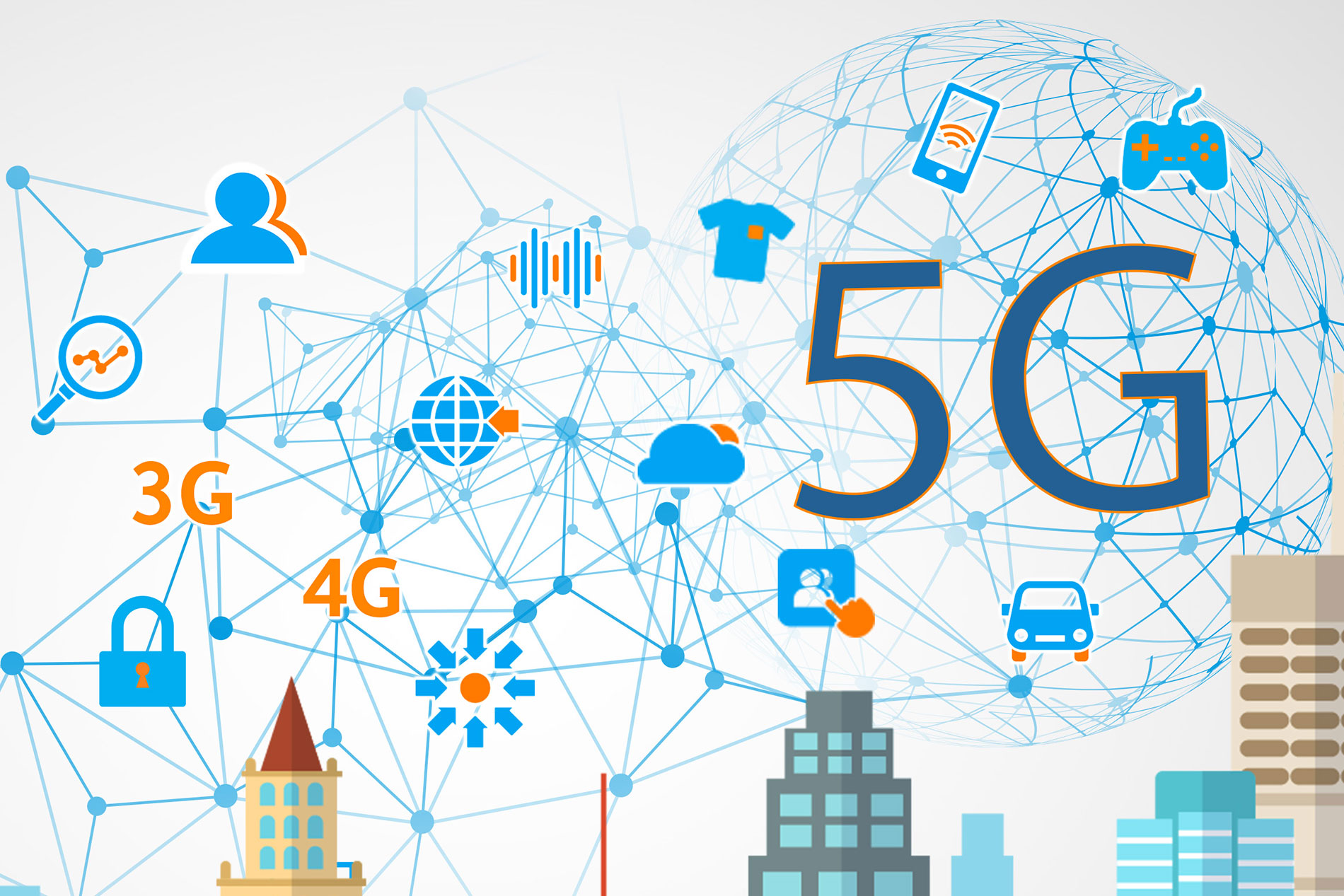Introduction The application of 5G wireless communication systems is expected to begin in 2020. With new projections, new technologies, and new network architectures, traffic management for 5G networks will show […]

Artificial Intelligence for 5G

5G Core Network Flexibility
5G Core Network End-to-end flexibility is confirmed to be one of the core features of future 5G networks. This flexibility will result in large part from the introduction of network […]

Network Slicing in 5G
Introduction: The 5G system has the aspiration of responding to the widest variety of services and implications in the history of mobile and wireless communications listed in: Enhanced mobile broadband (eMBB). […]

5G Network Architecture
Introduction The investigation of the 5G cellular network has been triggered by the great growth of wireless data services driven by mobile Internet and smart devices. The new 5G mobile […]
